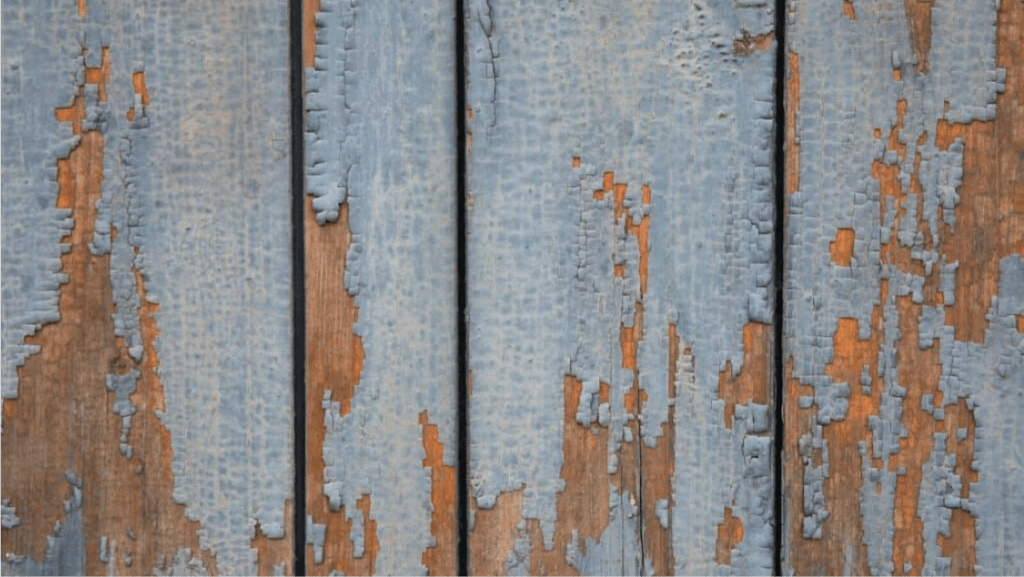In a natural ecosystem, wood from trees and sturdy grasses which become building materials are degraded by a variety of sources even once installed in a building. There are soft woods, such as pine, fir, cedar and spruce and there are hard woods, such as oak, mahogany, poplar, ash and maple and each can be of special interest to a variety of insects or spores. But most damage happens in damp or wet wood, so the key is to keep wood dry, less than 20% moisture (footnote about museum collections needing special controlled environments? Is it needed?), so it can withstand degradation from insects and rot. A hand-held moisture meter with probes for direct contact is a valuable tool to have during inspections.
This glossary is not a deep scientific discussion of wood species or the chemistry of degradation and is intended for identification of decay by an observer undertaking a visual survey with a follow up later by an appropriate scientist, engineer or preservation specialist knowledgeable about the residual strength in wood and appropriate repair or replacement detailing.
The 3 major categories of decay or deficiency in wood are:
Biological; (fungi, insects, molds, rot, etc.)
Thermal/weathering; (Wet/dry cycles, sun exposure, wind driven abrasives, loss of finishes, etc.)
Structural insufficiency; (overloading, misalignments, settlement, fire damage, etc.).
Following is a glossary of wood deterioration. In some cases, the source of the damage, such as moisture infiltration from a lack of maintenance, can be remediated with good preservation maintenance on a regular cycle. In other cases, the damage may be too great, say from termites, and structurally compromised members will need complete replacement. Not all deterioration will require replacement of elements, so in many cases, repair or small interventions, such as installing dutchman elements saves historic materials and overall building material integrity.
This illustrated glossary can be used to annotate architectural survey drawings, such as tagging scanned drawings, to facilitate developing comprehensive repair procedures. Each element is given an alphabetical nomenclature developed by the author, but investigators are free to develop their own nomenclature or add other examples of deterioration. The following nomenclature generally utilizes the first letters of each deterioration, for example Algae (AL) or for compound words the first two letters of each word, i.e. Brown Rot (BR). However, the tagging must be consistent throughout a project and so the nomenclature must be established before a project begins. This list is not comprehensive and unique conditions may be added as needed. There are some general categories, such as Insect Damage (ID) which can be used until a more thorough analysis can be made to specifically identify the insect creating the damage. Likewise, for Insufficient Structure (IS), this tag can be used to indicate a more thorough assessment is needed after the initial field survey.
About
